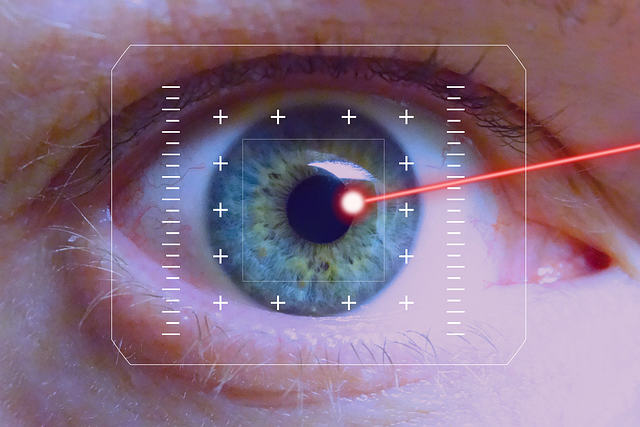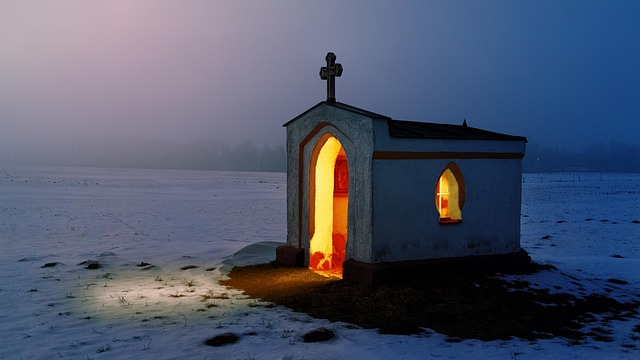In the realm of photography, lighting is a paramount element that can make or break an image. One crucial aspect of mastering your images is learning the intricacies of brightness correction. Understanding how to manipulate brightness can elevate your photography skills, ensuring that your images resonate with the audience on a deeper emotional level.
Brightness correction isn’t merely about adjusting light levels; it’s about conveying a mood and highlighting the character of your subject. Whether you’re capturing a stunning landscape, an intimate portrait, or a vibrant street scene, knowing how to manage brightness through camera settings and post-processing techniques is essential.
When you’re behind the camera, the first step is to be aware of how natural light interacts with your subject. Consider the time of day, the angle of sunlight, and the presence of shadows. Early morning or late afternoon light often casts a warm glow, enhancing colors and providing depth. Adjusting your camera’s exposure settings—ISO, aperture, and shutter speed—can significantly help in achieving just the right brightness. Utilize your camera’s histogram as a guide, aiming for balanced highlights and shadows to avoid overexposure or underexposure.
In post-processing, brightness correction becomes a vital tool in refining your images. Software like Adobe Lightroom or Photoshop provides sliders for exposure, highlights, and shadows, allowing you to fine-tune the luminosity of your photos. Experimenting with these adjustments can dramatically transform an image, possibly turning a dull photograph into a captivating visual experience. Be cautious, though; it’s easy to overdo it and create an unnatural look. The goal should be to maintain the integrity and authenticity of the photograph while enhancing its overall appeal.
Another factor to consider is the inherent qualities of optics. Different lenses can affect brightness and contrast in unique ways. For example, prime lenses often allow more light to enter the camera than zoom lenses, yielding sharper images with better overall brightness when shot in low light situations. Understanding these characteristics will aid you in selecting the right equipment for your project needs.
Lastly, don’t forget to practice and experiment. The beauty of photography is in its flexibility and the freedom to explore. Take your camera outdoors at various times of day, experiment with different settings, and try new techniques until you find your own unique style of brightness correction. Building your skills in manipulating light will not only enhance your images but also deepen your appreciation for the art of photography.




